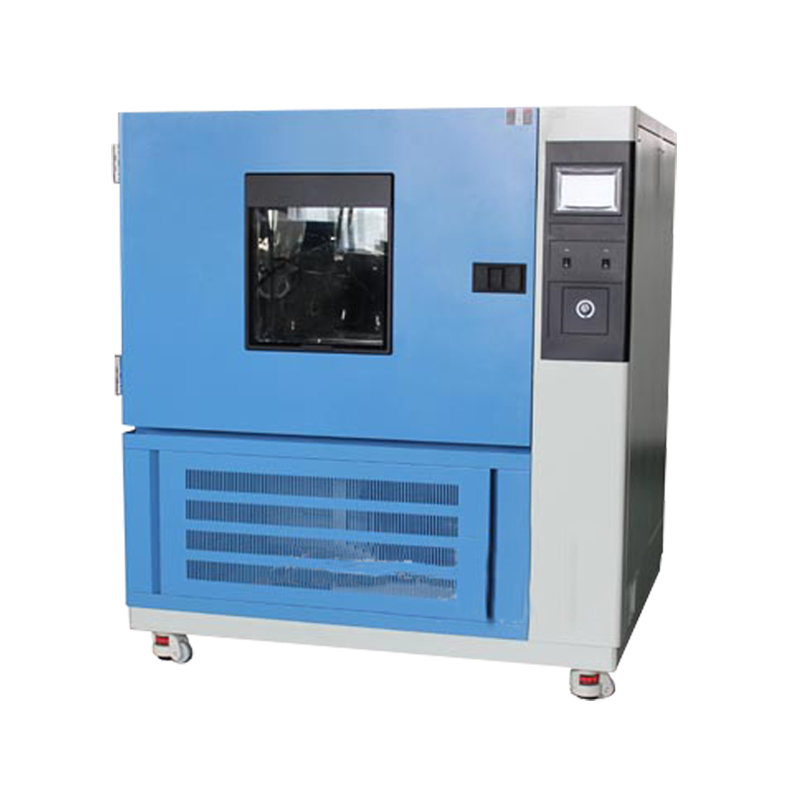Specifically, the water spray test chamber is primarily used to evaluate the ability of enclosures and seals for electronic/electrical products, as well as automotive and motorcycle components, to prevent rainwater penetration under simulated rainfall conditions, or to assess their operational performance during or after exposure to rain. After testing, the product's performance is examined to determine whether it still meets predetermined requirements, thereby supporting product design, improvement, certification, and factory inspections.
Additionally, the water spray test chamber can realistically simulate various environmental conditions, such as water spray and rainfall, that electronic products and their components may encounter during transportation and usage, in order to test the waterproof performance of various products.

Why Use a Water Spray Test Chamber?
By simulating the impact of rainwater on equipment in real-world usage environments, it tests whether the equipment can resist water ingress to ensure normal operation. Furthermore, the water spray test chamber can replicate natural rainfall conditions to conduct environmental reliability tests on outdoor products. Rain in natural climates can have significant effects on many products, especially those operating with electrical components. If water seeps into the product's interior, it almost certainly means the product could be rendered unusable. Therefore, water spray testing is a mandatory environmental reliability test for many outdoor products, assessing their waterproof performance, stability, and reliability.













